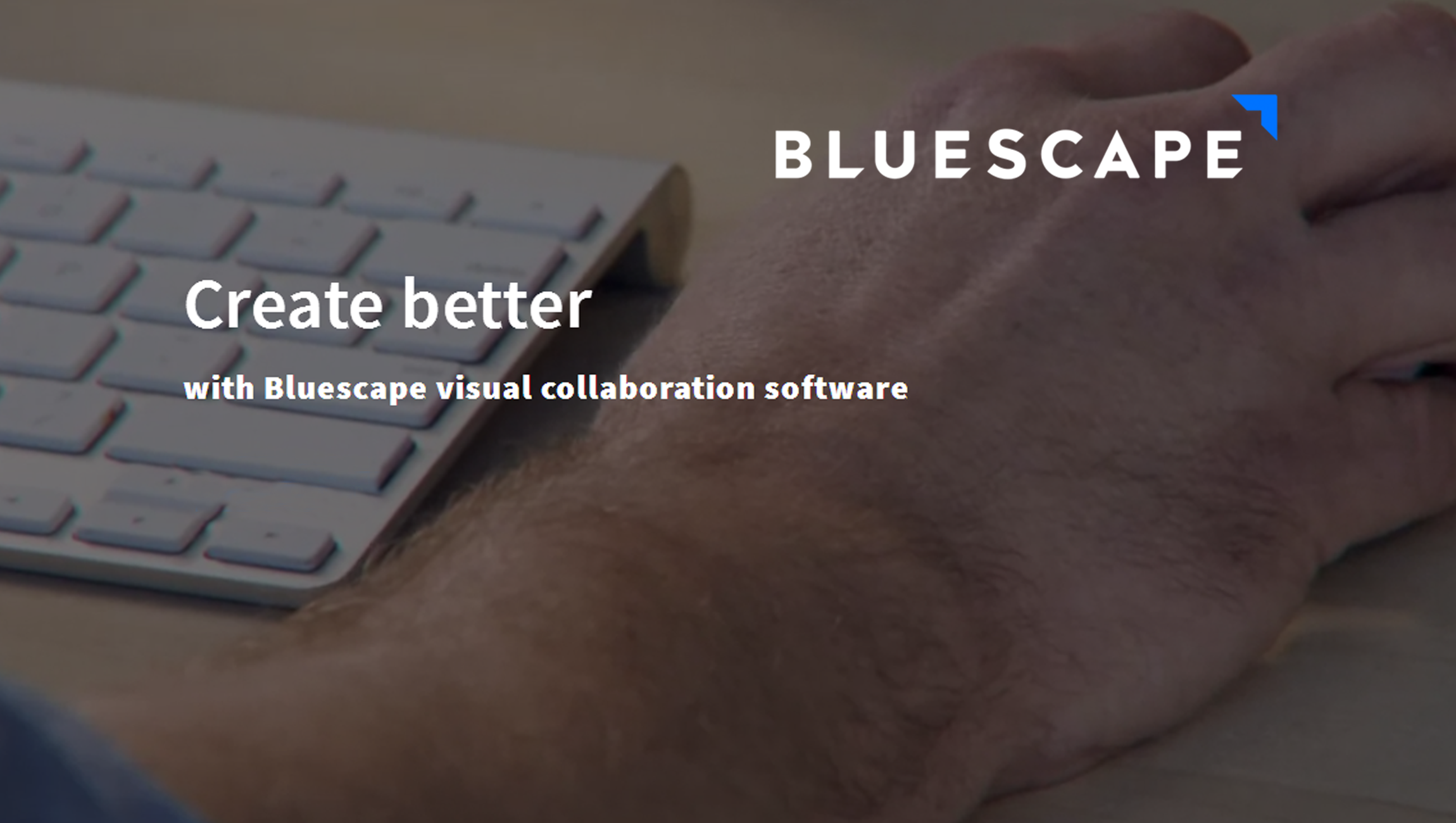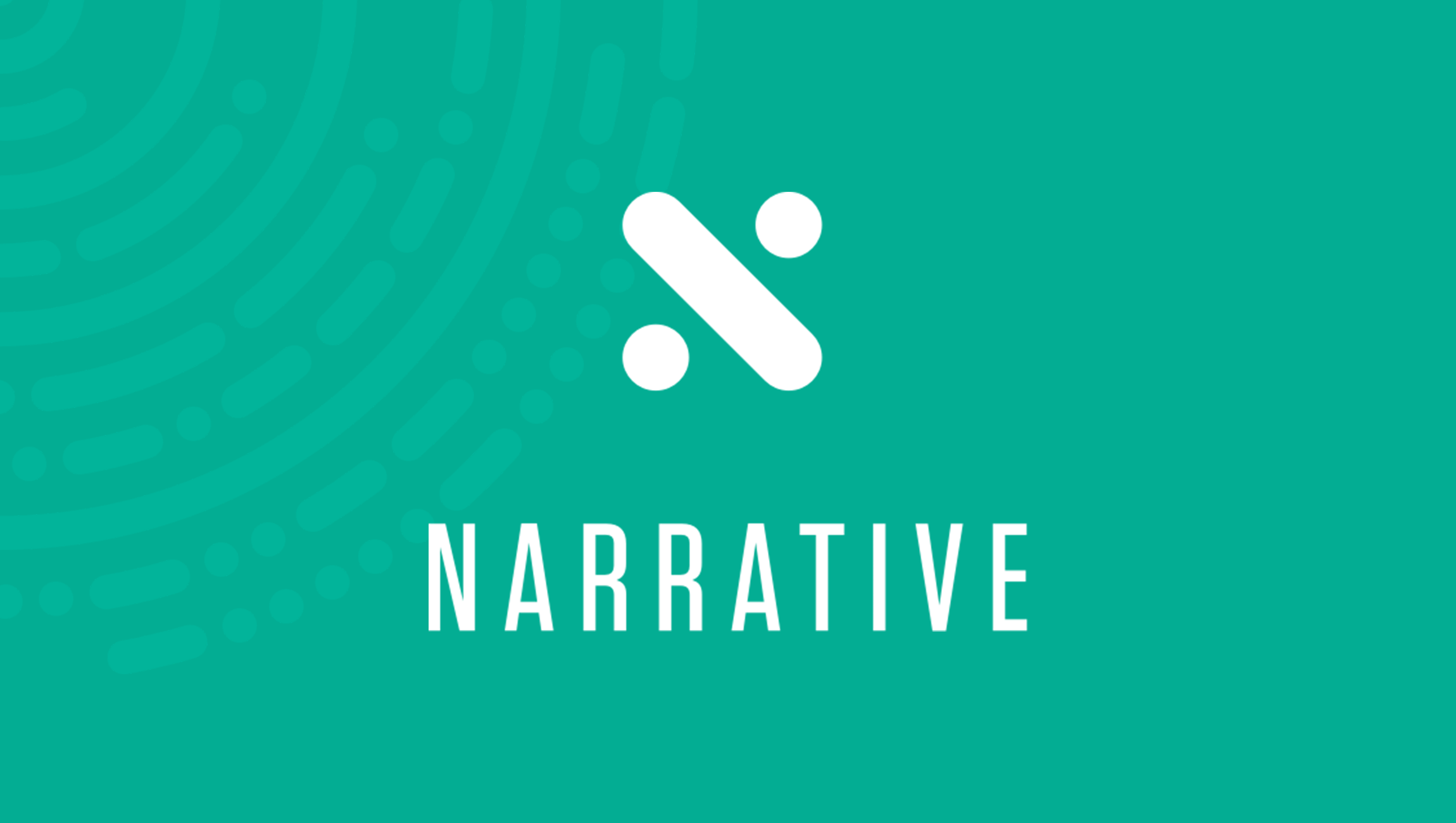On Marketing Technology
MTS: Tell us about your role and how you got here? What inspired you to be part of a Digital Asset Management (DAM) company?
I joined MediaValet two years ago, at a really exciting time for our company and for the Digital Asset Management industry. The exponential growth of content, the explosion of video and media formats, increased buying power of marketers, sophistication of search and AI technologies – all of this was happening simultaneously, and I like to say creating a “perfect storm” for Digital Asset Management platforms to become a required part of marketing stack for majority of organizations. Previously we’ve seen such momentum with CRM, Marketing Automation, BI and now ABM. Not only is it incredibly exciting to be part of this dynamic, it also provides opportunities to provide education and value to the marketplace that is searching for information about Digital Asset Management initiatives.
I joined MediaValet to lead a marketing team and marketing strategy, after many years of working in a variety of technology and software companies, focusing on growth and customer experience. I loved the opportunity to join the company built on the incredibly robust Microsoft Azure platform, being able to leverage our Microsoft partnership and seeing a fanatical dedication to customer success right from the start.
MTS: Given the changing dynamic of marketing technologies, how do you see DAM platforms integrating with rest of the automation stack?
The Digital Asset Management industry is going through a transformation. From what used to be a highly organized, specialized platform for images and media, mostly used by creative and design teams, DAM has turned into a mission critical application for the entire marketing organization or even the entire company.
The ability to connect Digital Asset Management, as a system of record (single source of truth) for the company’s content to distribution channels, and to internal productivity platforms is where they have the biggest impact. Digital Asset Management technology has the capability to transform content flow and automation within an organization.
Organizing and building a structure around content and assets is a critical first step and then prioritizing integrations that will have the largest impact. For organizations that constantly upload media and visuals on their website, CMS integrations will have an immediate impact on productivity. At this time technologies that are automating content and media distribution through different channels (social, email, web, digital), collaboration, and analytics are a good first step.
MTS: How should CMOs leverage AI-based asset search and targeting capabilities to scale the challenges in content and email marketing?
Over the past years, marketing achieved a more and more prominent role within organizations because they were able to successfully solve problems of scale as they relate to revenue generation. Marketers were able to effectively communicate, educate and deliver value to a large number of prospects. Content creation reached has reached media production volume and quantity, with major brands competing with traditional media channels for a share of the audience’s attention. However, all of these advancements were based on ability to segment and target groups of people with assumed similar interests and problems. Well, the world no longer works this way.
Volumes of email and content diluted audience attention so much, that only the most relevant, personalized approaches can get through to busy prospects. Budgets are available and the challenges to be solved are ever increasing, yet only just-in-time, most relevant outreach through a preferred channel will work to engage buyers. AI brings a promise to solve personalization of marketing at scale. Cognitive services and AI are already utilized to scale image and content organization and tagging with accuracy constantly improving.
Next, we’ll be able to leverage predictive abilities of AI – first for best performing or most fitting images and assets – Salesforce, Microsoft, and Hubspot are working on recommendation bots. So what we’ll see in a DAM context is AI – driven content optimized for one’s visual and delivery channel preference (email, mobile, social etc.), triggered by the digital behavior indicators and personalized to be relevant to the search. Exciting times!
MTS: How should CMOs plan their MarTech stack integrations to maximize the benefits from predictive analytics and AI-assisted sales enablement engines?
The enemies of predictive analytics and AI are siloed technologies and lack of or bad data. So it’s important to build a stack around key systems of record, integrating other complimentary technologies.
CRM became de-facto system of record for customer data. Marketing Automation for a prospect’s digital journey.
Digital asset management is now a system of record for companies’ digital assets. All of those systems require high levels of organization and record and data hygiene. Establishing good data processes, building asset structures that will scale and connecting investing into systems with robust APIs will enable CMOs to leverage AI across those technologies and along the entire buyer journey.
MTS: What startups in MarTech ecosystem are you watching/keen on right now?
Vidyard, Zoom, Kemvi (just acquired by Hubspot), AdMass, Phrasee
MTS: What tools does your marketing stack consist of in 2017?
We’ve built our internal marketing processes and then used automation to scale the most effective channels. We have Salesforce.com as CRM, integrated with Pardot as a system of record for audience engagement through lead-to-customer cycles. We also use our own solution, MediaValet DAM as a system of record for content and media, from production to content distribution and team and partner enablement.
Other than these, we are using—
- Unbounce for A/B testing,
- Vidyard for video engagement,
- Rainking for account intelligence,
- Salesloft for sales engagement,
- And, multiple social media management tools to name a few.
MTS: Would you tell us about a standout digital campaign? (Who was your target audience and how did you measure success)
We’ve seen great success with our eBooks and this year we launched our CMO Digital Transformation Workout eBook with a multi-channel campaign. To build a winning modern marketing strategy, it takes vision, discipline, and effort across several different channels.
The eBook targets marketing leaders and provides actionable information to improve key marketing channels at the core level and then takes them to the next level, leveraging the Digital Asset Management platform. In the first few months of the launch, we’ve generated 400+ leads and created and influenced dozens of pipeline opportunities.
We’ve atomized the content into separate guides for each different channel, creating multiple sales enablement resources. However, our internal launch and social media campaign around #DAMworkout challenge are really near and dear to my heart – almost every employee supported the launch campaign by sharing their workouts on social, filling our social feeds for weeks – makes me so proud of our MediaValet team and culture that creates the level of employee engagement and support.
MTS: How do you prepare for an AI-centric world as a marketing leader?
AI will provide both disruption and incredible amount of opportunity. As a marketing leader, one needs to at the forefront of the trend, taking small steps yet, having a vision and a strategy for the big picture of business transformation. That means experimenting with AI technologies in an area of low impact first, testing AI bots and evaluating insights provided, seeing results, then expanding the roll out.
On the other hand, AI will have the biggest impact in connected organizations both in terms of technology and team alignment. So, this is an incredible opportunity for marketers to build tighter alignments between technology, sales, support, product team leaders and drive intelligent insights into the business as a whole, expanding influence and benefits.
This Is How I Work
MTS: One word that best describes how you work.
Focus
MTS: What apps/software/tools can’t you live without?
Slack, Salesforce, Asana, Notes
MTS: What’s your smartest work related shortcut or productivity hack?
Don’t do list. A concept I learned from Patty Azzarello’s book Rise that I fall into during the busiest, most challenging times. In addition to identifying “ruthless priorities”- the most impactful strategic work, I jot down the list of things I will not do for that period of time.
Things like answer emails other than in the last hour of the day, dig into Salesforce or Google Analytics reports, Social – things that are easy and nice and can take up lots of time compared to gut wrenching, hard but most impactful things that I resolved to tackle.
MTS: What are you currently reading?
I learn about new developments in marketing and tech industry from a curated over time list of experts via LinkedIn Updates. The articles I repost, I read in full and usually try to summarize and highlight the most impactful points. It helps me absorb the information and also adds value to people in my network.
However, in order to really grow in my field. I read a lot and often a few books at the same time. Right now in my reading stack are Move by Patty Azzarello (every page in Patty’s books is actionable and zero fluff), Good Strategy Bad Strategy: The Difference and Why It Matters by Richard Rumelt and Flight of the Buffalo by James A. Belasco and Ralph C. Stayer.
MTS: What’s the best advice you’ve ever received?
“There is nothing you can’t do.” I’m not afraid to tackle unknown hard things and have the confidence to do them well.
Tag the one person in the industry whose answers to these questions you would love to read:
I have two, both are brilliant, and have taken some of the most recognizable brands to huge levels of success.
Bill Macaitis and Russell Fujioka.
MTS: Thank you Maria! That was fun and hope to see you back on MarTech Series soon.
Maria is the VP of Marketing at MediaValet, a cloud-based digital asset management company. She is a Revenue Marketer with 10 years of successful track record driving predictable and sustainable sales growth in SaaS, technology and software organizations. Specializing in development of lead to revenue strategies, she drives demand generation for complex B2B sales cycles with an emphasis on sales-marketing alignment and process improvement.

MediaValet helps marketers manage, collaborate and share marketing assets and content, improving team’s productivity and increasing ROI on content investment. As the only Digital Asset Management platform designed from the ground up on Microsoft Azure, MediaValet provides global accessibility, enterprise security, and scalability combined with a simple and easy-to-use interface.
The MTS Martech Interview Series is a fun Q&A style chat which we really enjoy doing with martech leaders. With inspiration from Lifehacker’s How I work interviews, the MarTech Series Interviews follows a two part format On Marketing Technology, and This Is How I Work. The format was chosen because when we decided to start an interview series with the biggest and brightest minds in martech – we wanted to get insight into two areas … one – their ideas on marketing tech and two – insights into the philosophy and methods that make these leaders tick.



